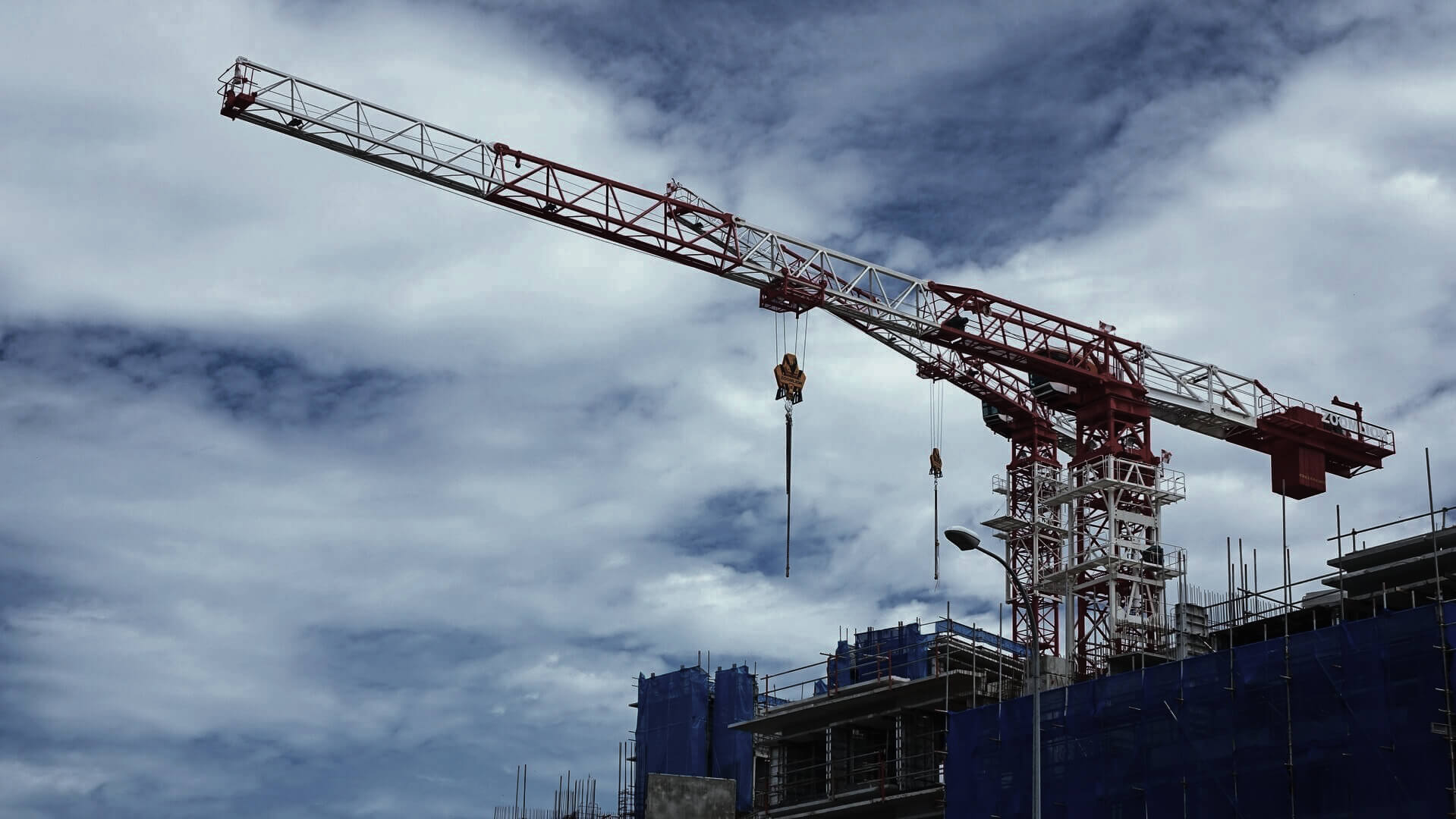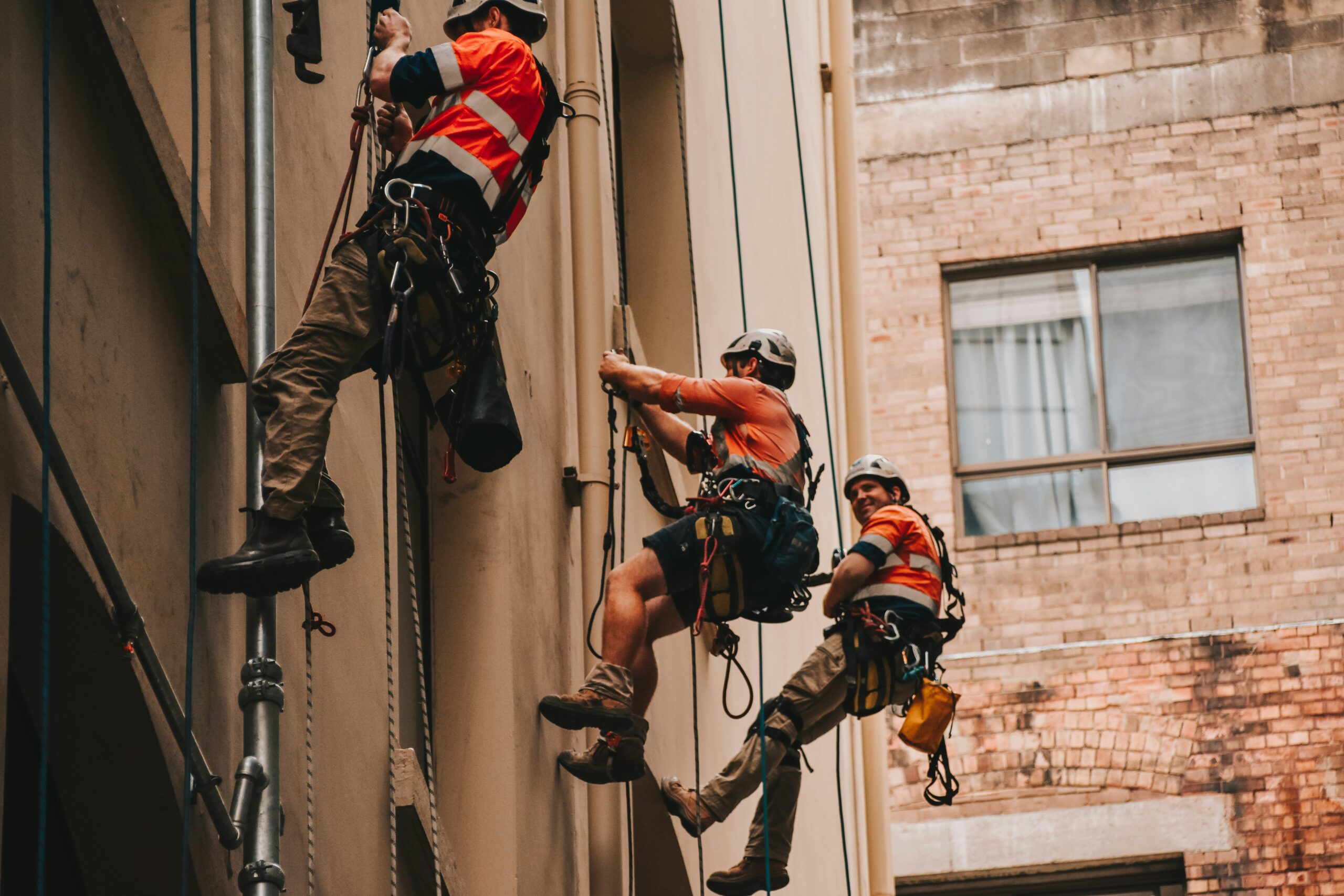In the Australian building maintenance industry, where high-rise structures and complex industrial sites dominate the landscape, the choice of access method can significantly impact project timelines, budgets, and safety outcomes. Traditional methods like Elevated Work Platforms (EWPs), swing stages, and scaffolding have long been the go-to solutions, but rope access is rapidly proving itself as a superior alternative. Companies like ACE Access are demonstrating how this technique—where trained technicians use ropes and harnesses to reach work areas—offers unmatched efficiency and cost savings compared to conventional approaches. By eliminating the need for bulky equipment and extensive setup, rope access streamlines maintenance tasks such as cleaning, repairs, and installations, making it a game-changer for property managers and contractors across Australia.
The efficiency of rope access lies in its simplicity and adaptability. Unlike EWPs, which require flat ground and significant space for operation, or swing stages that demand time-consuming assembly and anchoring, rope access technicians can begin work almost immediately, scaling buildings or navigating tight spaces with minimal preparation. This speed translates directly into cost savings: less equipment hire, reduced labor hours, and shorter project durations mean lower overall expenses. For example, a facade cleaning job that might take days with scaffolding can often be completed in hours with rope access, without compromising quality. In a market where downtime can disrupt commercial operations or tenant satisfaction, this agility gives rope access a clear edge over traditional methods, particularly in urban centers like Sydney or Melbourne where space and time are at a premium.
Safety, too, is a cornerstone of rope access, often surpassing the assurances of traditional methods when executed by certified professionals. In Australia, rope access technicians undergo rigorous training and operate under strict safety guidelines, ensuring that every job is performed with precision and care. The system relies on dual-rope setups— one for working and one as a backup—providing redundancy that enhances worker security. Unlike swing stages, which can be vulnerable to wind or mechanical failure, or EWPs that risk tipping on uneven terrain, rope access offers a controlled, human-centered approach that adapts to environmental challenges. For building maintenance tasks—from high-rise glazing to structural repairs—this combination of efficiency, cost-effectiveness, and safety makes rope access not just a practical choice, but a smarter one for the Australian industry.




